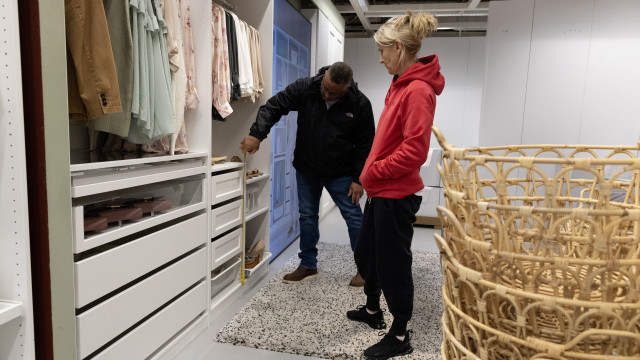When you go out, one of the most common complaints you hear from individuals is that they don't have anything "nice" to wear. The word "nice" has many different connotations, particularly in the modern world where everything is recorded digitally and preserved. People desire to always appear their best. We all experience it, so we can't help it.
However, a closer look at your closet reveals a different picture. Every clothing bundle stacked up looks at you; some are even hidden in the corner, waiting to be discovered by daylight. However, you decide to go on yet another impulsive casual shopping binge because you are positive that nothing in your closet is acceptable for that particular event.
Since clothing is so personal to most of us, it is the one item we spend most money on. Since we are visual beings, fashion is an effective means of expressing oneself. It gives us the ability to choose how we want to look and lets us use clothes to express our personality, attitude, and morals. Therefore, fashion is more than just a passing interest; rather, it is an essential aspect of the human experience that interacts with social interaction, identity, creativity, and culture.
Nevertheless, the very dynamic and ever-changing nature of fashion has changed the tendency of the culture surrounding it to be overindulged in. Fashion was once thought to go through a 20-year cycle, during which time prominent trends would go through phases of adoration, hatred, and eventual resurgence.
But as digitalization and internet culture take hold, we are witnessing microtrends as our attention span shortens and our demand for consumption rises.
Trends in fashion are constantly changing, with new looks appearing on store shelves nearly every week. There's always a need to update our wardrobes because what's "in" now could not be "out" tomorrow. This quick turnover promotes impulsive purchasing and a disposable mindset in relation to apparel.
These days, our urge to follow these trends is fleeting, just like the trends themselves. Our closet is proof positive that we leave behind a society that values throwaway items over durability and contributes to the ever-mounting pile of textile waste.
Referring back to that, you could want to familiarize yourself with the concept of a capsule wardrobe if getting dressed out of your closet seems like a hassle and you are struggling to select the appropriate ensemble for the day.
A capsule wardrobe consists of a small number of well-matched, interchangeable pieces of apparel. These are frequently timeless classics that never go out of style. A capsule wardrobe is a carefully chosen assortment of classic, high-quality, and adaptable pieces of apparel that can be combined to create a multitude of looks with a limited amount of things.
The sustainability and efficiency of this minimalist fashion trend have contributed to its growing popularity in addition to its inherent simplicity. Consequently, it became a welcome diversion from the overpowering world of fashion.
The 1970s are when the capsule wardrobe first appeared. In the 1970s, London shop owner Susie Faux first used the term "capsule wardrobe." With her "Seven Easy Pieces" collection, which included interchangeable pieces that could be worn every day of the week, Donna Karan popularized it in the 1980s.
But it wasn't until Caroline Rector's "The Capsule Wardrobe" was published in 2014 that the concept really took hold, inspiring a lot of people to reconsider how they approached clothing. /BGNES

